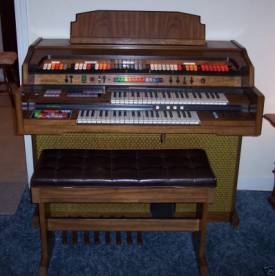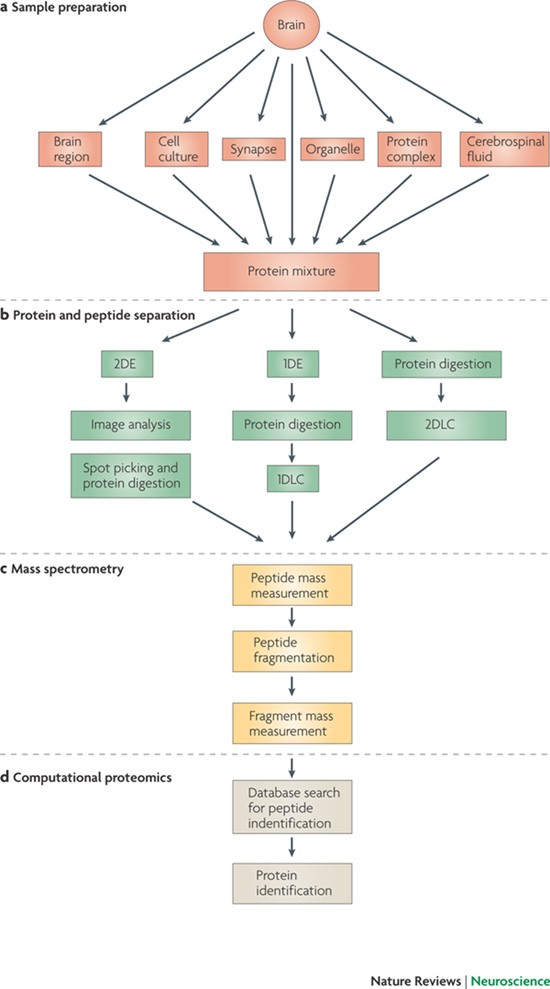
The reason for multiple bus rods/rails under the keyboard? You could have the dividers output a high frequency squarewave which could then be fed off to other divide-by-x circuits to create more simultaneous octaves. Again, the final note outputs were wired to each key. Individual oscillators eventually gave way to integrated circuits which divided a master signal down into top notes and then all the lower octaves.

Each note was wired to a key, and when you pressed the key you were connecting the signal to the amplifier. The earliest organs used individual oscillators for each note. The bussed keyboard type was the first to be used because of the way sounds were generated in the organ. This may take the form of multiple key contacts or it may be some arrangement which pulls springs into contact with metal rods running the length of the keyboard. There might be more than one common connection. No problem for today but 40 years ago it would have been cost-prohibitive.īussed keyboards have all the keys fed with a signal (usually a raw squarewave note fed directly from a divider chip) which then connects to a common connection. the CPU then instructs whatever makes the sounds to play the notes pressed. The microprocessor scans one row or column at a time but does it quickly enough it is fully transparent to the musician. 61 keys can easily be scanned with only 16 pins on the CPU. This method has the advantage of using the least number of connections but it must be scanned by some sort of microprocessor.


It is most easily understood as a crosshatch of vertical and horizontal wires where the key is at every intersection. Matrix keyboards are how almost all modern keyboards are wired. We have two types of keyboard wiring schemes used in all electronic keyboarded instruments:


 0 kommentar(er)
0 kommentar(er)
